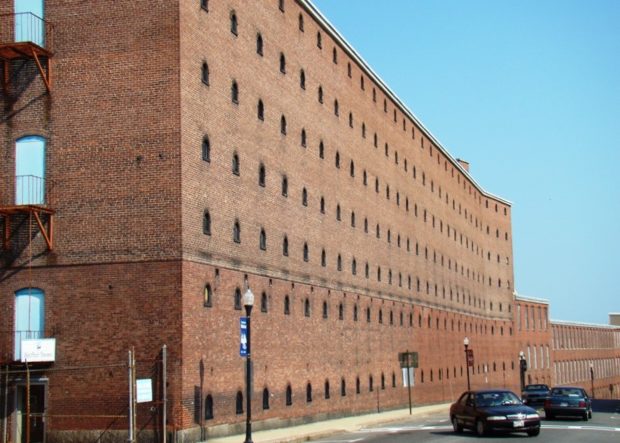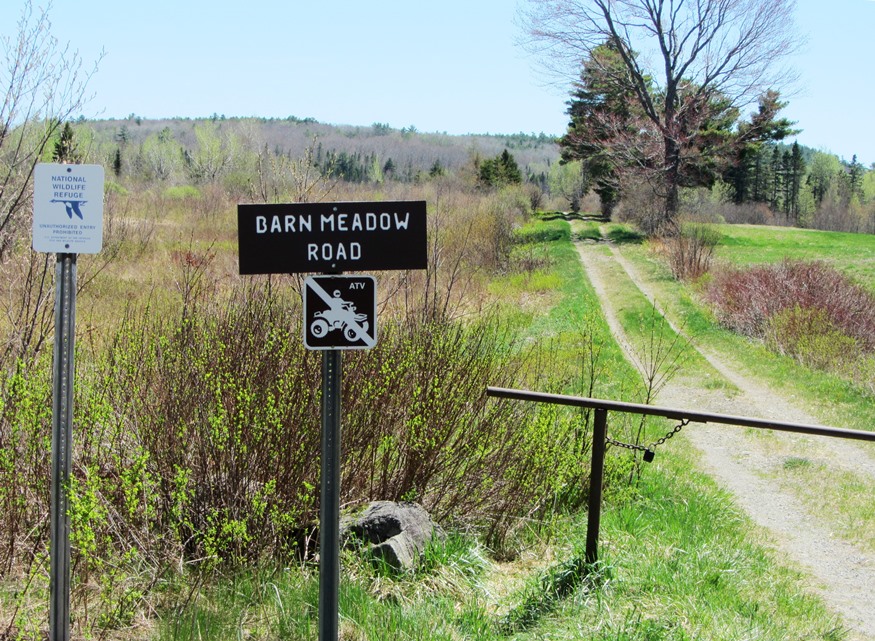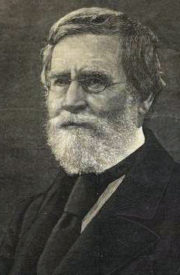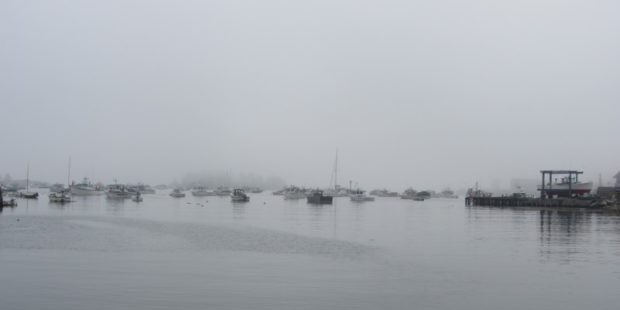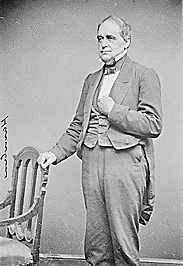Calais
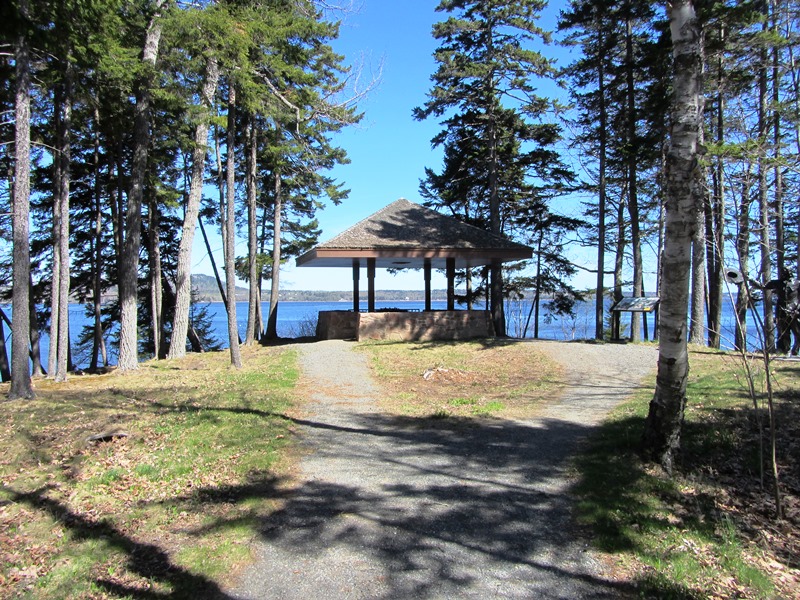
in eastern, coastal Washington County and named for the French port, was briefly settled in 1604 when a French expedition arrived on St. Croix Island. Today it features late 19th century historic brick structures, modern state and federal buildings, and a visitor center. Home to Washington County Community College. See video and photos.


